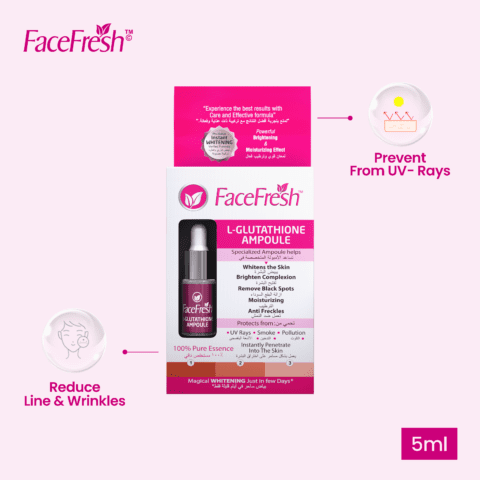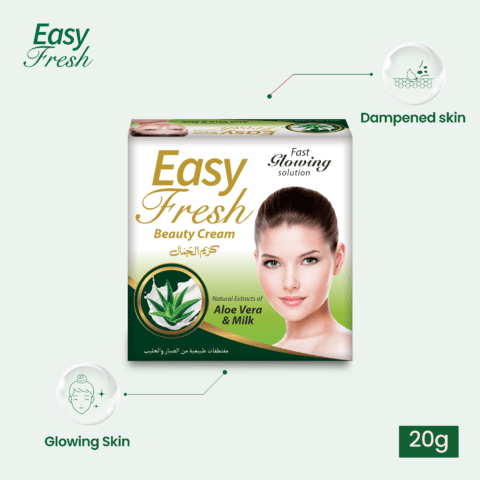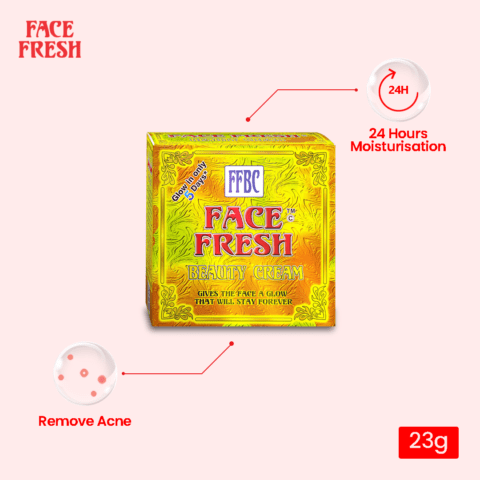Hives, also known as urticaria, are a common skin condition characterized by raised, itchy welts on the skin. They can occur suddenly and disappear just as quickly, leaving individuals puzzled and seeking answers. In this article, we will delve into the world of hives, exploring the causes behind them, how to identify allergic reactions, and methods for finding relief.
I. Introduction
Hives can be a distressing and uncomfortable experience for those who suffer from them. The appearance of raised, red, and itchy bumps on the skin can be alarming, especially when their cause is unknown. Understanding the underlying triggers of hives and learning how to identify them is crucial in effectively managing this condition.
II. Causes of Hives
Hives can be triggered by various factors, including allergens, medications, infections, and stress. Identifying the root cause is essential in determining the appropriate treatment and preventive measures.
Allergens
Allergens such as pollen, pet dander, certain foods, and latex can provoke an immune response in susceptible individuals, leading to the development of hives.
Medications
Certain medications, such as antibiotics, nonsteroidal anti-inflammatory drugs (NSAIDs), and aspirin, can cause hives as an adverse reaction. It is important to inform healthcare providers about any known drug allergies to prevent the recurrence of hives.
Infections
Viral or bacterial infections can trigger hives in some individuals. These infections may include the common cold, sinusitis, or urinary tract infections.
Stress
Stress is a known trigger for hives. Emotional or physical stress can lead to the release of chemicals in the body that cause the characteristic skin reaction.
Other Triggers
Other potential triggers for hives include exposure to heat, cold, pressure, or sunlight, as well as excessive sweating during physical activity.
III. Identifying Hives
Recognizing hives and differentiating them from other skin conditions is crucial in determining the appropriate course of action.
Physical Appearance
Hives typically appear as raised, red or pink welts on the skin. They can vary in size and shape, often resembling mosquito bites or nettle stings. These welts may merge together, forming larger patches called plaques.
Duration and Patterns
Hives usually last for a few hours to a few days before resolving on their own. However, chronic hives can persist for longer periods, sometimes recurring for months or even years. Paying attention to the duration and recurrence patterns of hives can provide valuable insights.
Itching and Other Symptoms
Hives are often accompanied by intense itching, which can exacerbate the discomfort. Other symptoms that may occur alongside hives include a burning sensation, swelling of the lips, face, or throat, and a feeling of tightness in the chest.
Seeking Medical Advice
If you suspect that you have hives, it is advisable to consult a healthcare professional for a proper diagnosis. They will evaluate your symptoms, conduct a physical examination, and may recommend further tests to identify the underlying cause.
IV. Common Allergens
Certain allergens are more likely to trigger hives in susceptible individuals. Understanding these allergens can aid in avoiding potential triggers and preventing future outbreaks.
Food Allergens
Common food allergens known to cause hives include nuts, shellfish, eggs, milk, and soy. It is essential to be aware of any food allergies and read ingredient labels carefully.
Environmental Allergens
Pollen, dust mites, pet dander, and mold spores are among the environmental allergens that can induce hives. Reducing exposure to these allergens through proper cleaning, air filtration, and pet care can help prevent outbreaks.
Insect Stings
Bee stings, wasp stings, and other insect bites can trigger hives in individuals who are allergic to them. It is crucial to seek immediate medical attention if you experience an allergic reaction to an insect sting.
Medication Allergens
Certain medications, such as antibiotics, pain relievers, and anti-seizure drugs, have the potential to cause hives as an allergic reaction. Informing healthcare providers about any medication allergies is essential for proper treatment.
Latex Allergens
Latex, commonly found in gloves, condoms, and medical devices, can cause hives in individuals with latex allergies. Using latex-free alternatives can help prevent allergic reactions.
V. Finding Relief from Hives
Managing hives involves both treating the symptoms and addressing the underlying triggers. Here are several methods for finding relief:
Avoiding Triggers
Identifying and avoiding triggers that cause hives is essential. This may involve dietary changes, modifying the environment, and using alternative products to reduce exposure to potential allergens.
Over-the-Counter Antihistamines
Non-drowsy antihistamines, available over-the-counter, can provide temporary relief from hives and alleviate itching. They work by blocking the release of histamine, a chemical involved in allergic reactions.
Prescription Medications
For more severe or chronic cases of hives, healthcare providers may prescribe stronger antihistamines or other medications, such as corticosteroids or immune modulators, to manage the symptoms and reduce inflammation.
Home Remedies and Natural Treatments
Some individuals find relief from hives through home remedies and natural treatments. These may include applying cold compresses, taking oatmeal baths, using aloe vera gel, or taking supplements such as vitamin C or quercetin. It is important to consult with a healthcare professional before trying any new remedies.
Lifestyle Changes
Maintaining a healthy lifestyle can contribute to overall well-being and reduce the frequency and severity of hives. Eating a balanced diet, getting regular exercise, managing stress levels, and getting enough sleep can help support a healthy immune system.
VI. Managing Chronic Hives
Chronic hives can be more challenging to manage as they often require a multifaceted approach. In addition to the above-mentioned strategies, the following measures can be helpful:
Underlying Causes
Identifying and addressing any underlying medical conditions or triggers, such as autoimmune disorders or hormonal imbalances, can be crucial in managing chronic hives.
Trigger Avoidance
Continued vigilance in avoiding known triggers is essential for individuals with chronic hives. This may involve making adjustments in diet, lifestyle, and environment to minimize exposure.
Medication Options
For chronic hives that do not respond to antihistamines alone, healthcare providers may prescribe additional medications, such as immune suppressants or biologic therapies, to control symptoms.
Lifestyle Modifications
Making lifestyle modifications, such as wearing loose-fitting clothes, avoiding hot showers, and practicing stress management techniques, can help reduce the frequency and severity of hives.
Support and Coping Strategies
Living with chronic hives can be emotionally challenging. Seeking support from healthcare professionals, support groups, or therapists can provide valuable guidance and coping strategies.
VII. When to Seek Medical Help
While most cases of hives resolve on their own or with over-the-counter treatments, certain situations require immediate medical attention:
Severe or Persistent Symptoms
If hives are severe, causing significant swelling, or covering a large portion of the body, it is important to seek medical help promptly. Persistent hives that last longer than a few days should also be evaluated by a healthcare professional.
Difficulty Breathing or Swallowing
Hives accompanied by difficulty breathing, swallowing, or a feeling of tightness in the throat may indicate a severe allergic reaction called anaphylaxis. This is a medical emergency that requires immediate medical attention.
Signs of Anaphylaxis
In addition to difficulty breathing or swallowing, other signs of anaphylaxis may include a rapid heartbeat, dizziness, loss of consciousness, or a drop in blood pressure. If any of these symptoms occur, call emergency services immediately.
Impact on Daily Life
If hives significantly interfere with daily activities, sleep, or quality of life, it is important to consult with a healthcare professional. They can provide further guidance and explore treatment options to alleviate symptoms.
VIII. Conclusion
Hives can be a perplexing and uncomfortable condition, but with proper identification, management, and support, relief is possible. By understanding the causes, identifying triggers, and implementing appropriate treatment strategies, individuals can find relief from hives and regain control of their lives.
Remember, if you are experiencing hives or suspect an allergic reaction, it is essential to consult with a healthcare professional for an accurate diagnosis and personalized treatment plan.





Leave a comment
Your email address will not be published. Required fields are marked *